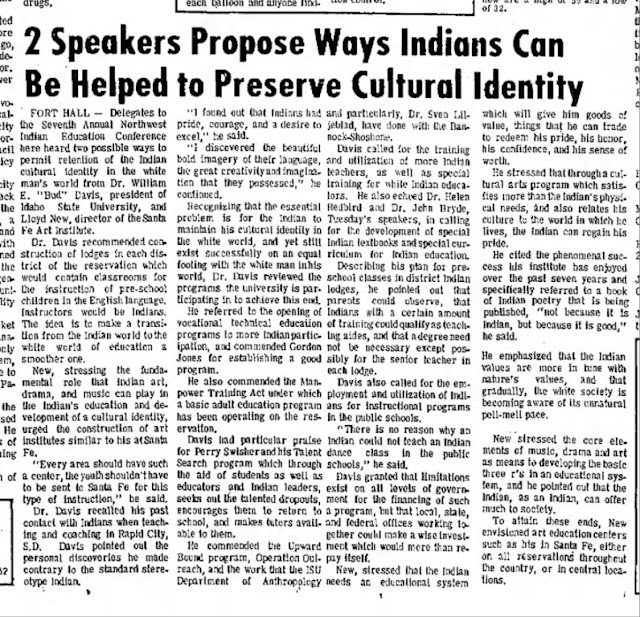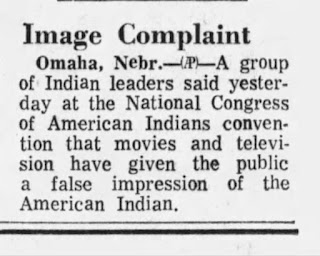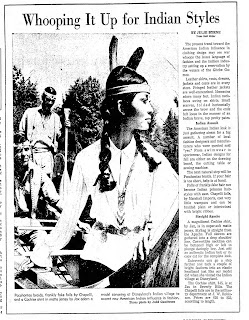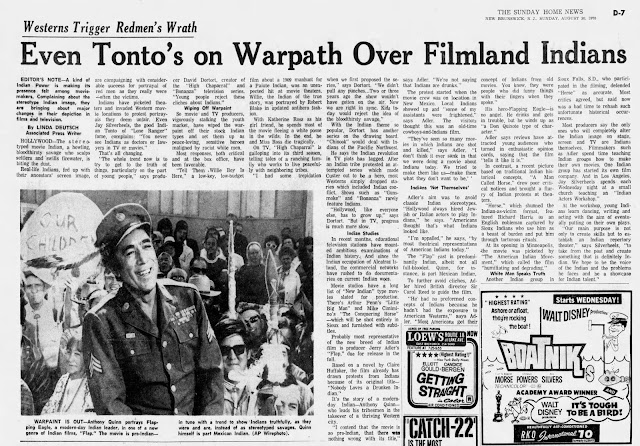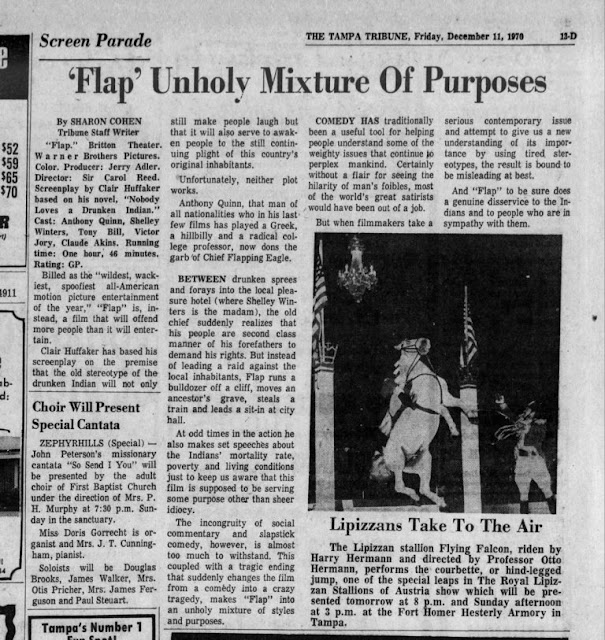1969: All-Indian publishing house aims "to publish and correct some of the misstatements of fact and distortions about Indians."

To Set Things Right About Indians 1969 Dec 13 The Kansas City Times San Francisco - A new American Indian publishing house plans 1970 publication of a dozen books written by Indians and correcting what the firm's president says are "distortions about Indians that are so prevalent in books nowadays." Indian Historical Press, Inc is the only all-Indian publishing house in the United States, said Rupert Costo, its president and also a state highway engineer. Costo is chairman of the Cahuilla tribe in Southern California. He said the firm aims "to publish and correct some of the misstatements of fact and distortions about Indians." 1969 Dec 13 The Kansas City Times






